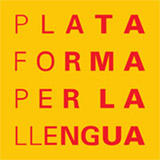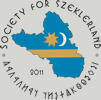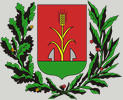Dear Mr. Kohut,
I would like to thank you for addressing the plenary in your mother tongue during the session of the European Parliament held in Strasbourg on July 10. I could have also written “congratulations,” and that expression would have been entirely appropriate. However, “thank you” means even more, because with this gesture you not only sent a message to your own people but also to us, the Székelys. The meaning and significance of that message is that we are not alone.
- Details
- Details
 Yesterday, on 20 December 2021, the verification of the signatures of the European Citizens' Initiative for the Equality of the Regions and the Sustainability of Regional Cultures was completed. The organizers have been informed by the Hungarian Elections Committee that the Decision, according to which 826,826 of the 901,758 signatures are valid, with the certification included within, has come into force. Two days prior, reports on the number of valid signatures were received from Portugal and Cyprus as well, and with this, the table of signatures from all 27 EU Member States, which is part of this notice, is complete.
Yesterday, on 20 December 2021, the verification of the signatures of the European Citizens' Initiative for the Equality of the Regions and the Sustainability of Regional Cultures was completed. The organizers have been informed by the Hungarian Elections Committee that the Decision, according to which 826,826 of the 901,758 signatures are valid, with the certification included within, has come into force. Two days prior, reports on the number of valid signatures were received from Portugal and Cyprus as well, and with this, the table of signatures from all 27 EU Member States, which is part of this notice, is complete.
At EU level, the total number of valid signatures is 1 266 682, but we should not neglect the fact that that we have collected a total of 1 418 659 signatures. The proportion of invalid signatures relative to the number of signatures collected is 10.73 percent on average.
When we registered the citizens' initiative, we spoke of a new theater of battle opening up should it become successful. This has now come to pass. The people of the National Regions have now been given new means to boost the economy of their homeland while preserving its regional identity. But the European Union's cohesion policy too can be updated in order to achieve the objective set out in the Treaties, without gaps in the legislation or prejudice to the EU's fundamental values: “In order to promote its overall harmonious development, the EU shall adjust and pursue its activities in a way that lead to the strengthening of its economic, social and territorial cohesion.”
The Press Service of the Szekler National Council
Sepsiszentgyörgy, December 21, 2021
- Details
Budapest, 2021.01.08.
The Waves of Regionalism
Europe saw various phases of regional movements for autonomy or secession in the name of self-determination.1 Regional, nationalist mobilisation lies at the heart of the dissolution of multi-national states (e.g. the Soviet Union, or Yugoslavia); the federalisation of others (e.g. Belgium by the Flemish movement); or the creation of asymmetric regionalism elsewhere (e.g. the five special status regions of Italy). If we consider the movements of the eighties as the first wave of regionalism (as did e.g. Rudolf Joó in his influential work ‘Ethnicity and Regionalism in Western-Europe’), a second wave emerged after the political transitions of Central-and Eastern Europe. With this geographic expansion, a "multi-speed" regionalism began to develop. While communities behind the former iron curtain usually struggle for more recognition or greater self-governance through autonomy arrangements, others - mainly western-European movements (e.g Catalonia, Flanders, Scotland) - transformed into independence movements over time.
- Details
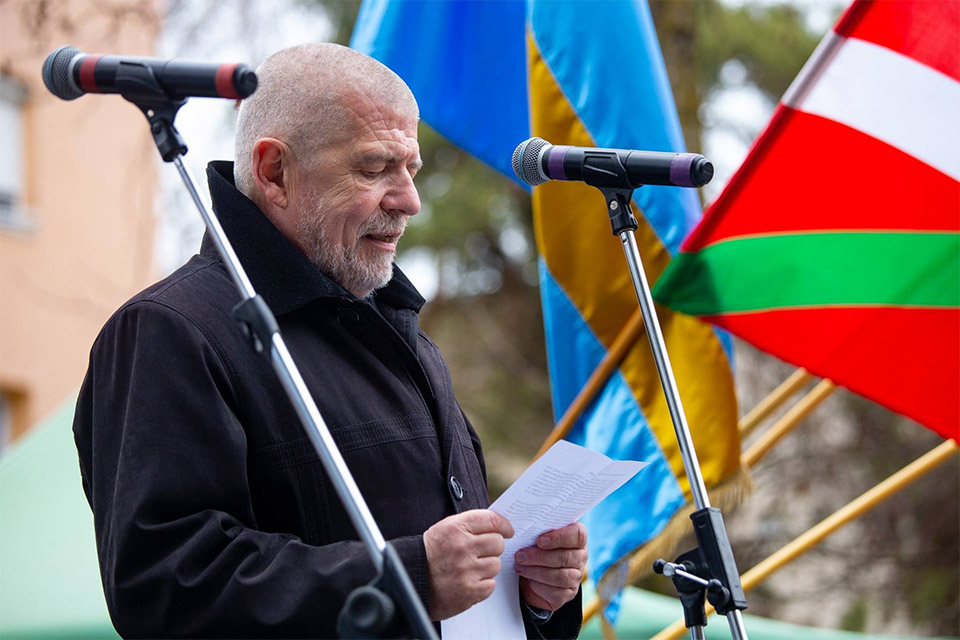 The European Commission has formulated a number of questions for its interactive conference scheduled for 28 April. Below are answers to these questions by Izsák Balázs, representative of the citizens' committee of the citizens' initiative for national regions.
The European Commission has formulated a number of questions for its interactive conference scheduled for 28 April. Below are answers to these questions by Izsák Balázs, representative of the citizens' committee of the citizens' initiative for national regions.
- Details
Decision 3/2020(II.25.) OGY of the National Assembly
on the European Citizens' Initiative "Cohesion Policy on the Equality of Regions and the Sustainability of Regional Cultures"


 ENGLISH
ENGLISH MAGYAR
MAGYAR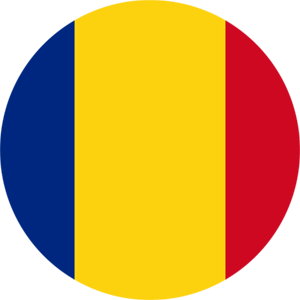 ROMÂNĂ
ROMÂNĂ DEUTSCH
DEUTSCH CATALÀ
CATALÀ SARDU
SARDU ESPAÑOL
ESPAÑOL JĘZYK POLSKI
JĘZYK POLSKI FRANÇAIS
FRANÇAIS EUSKARA
EUSKARA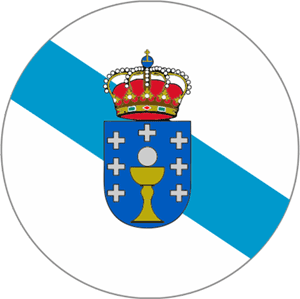 GALEGO
GALEGO NEDERLANDS
NEDERLANDS BREZHONEG
BREZHONEG



